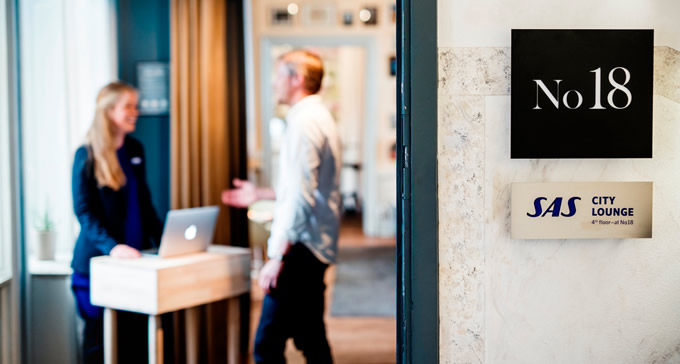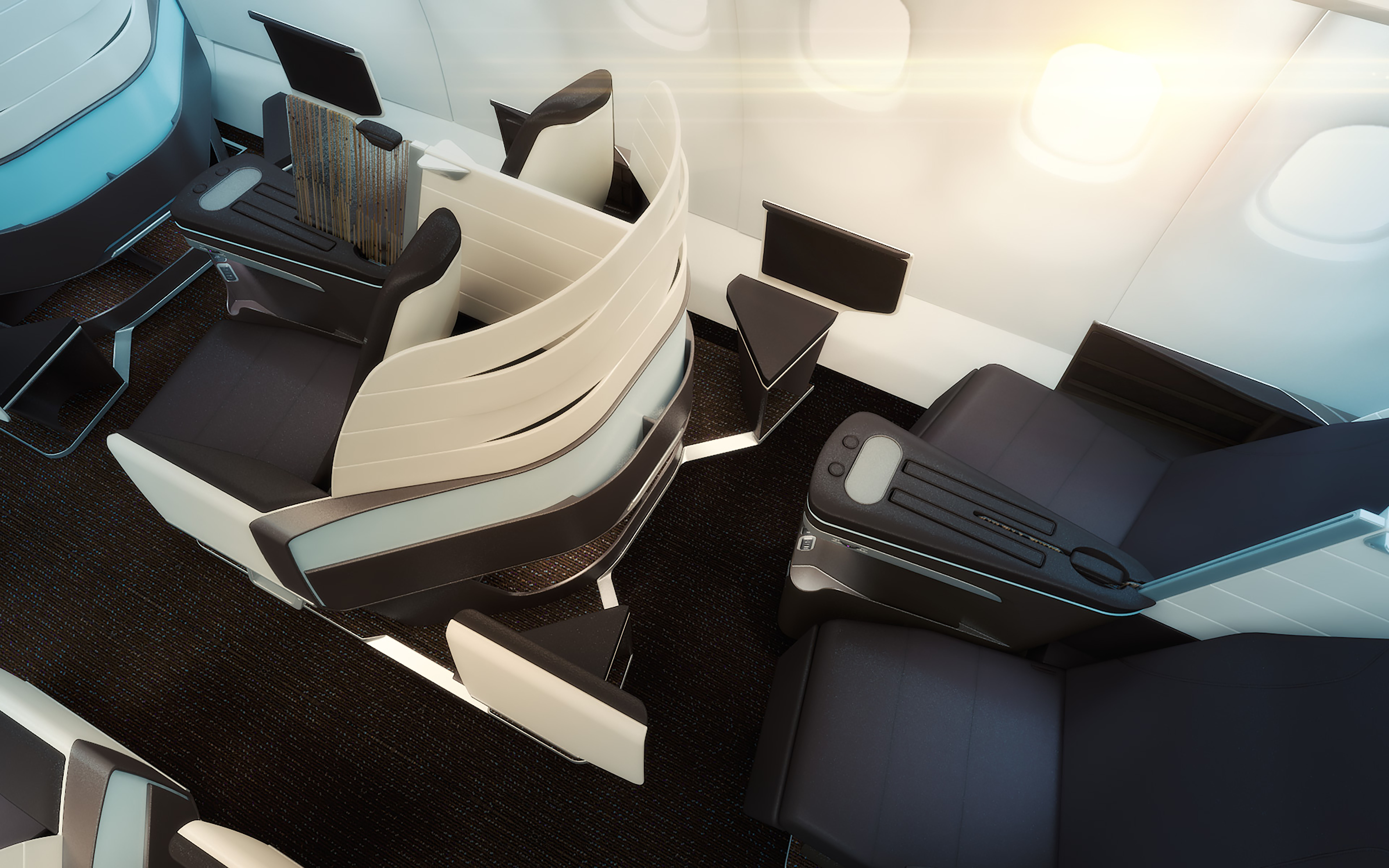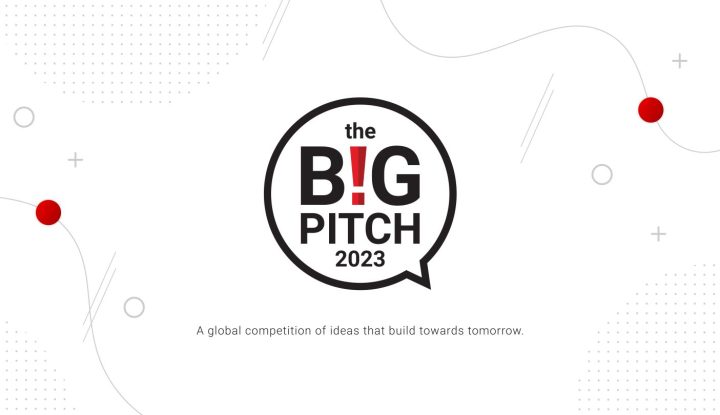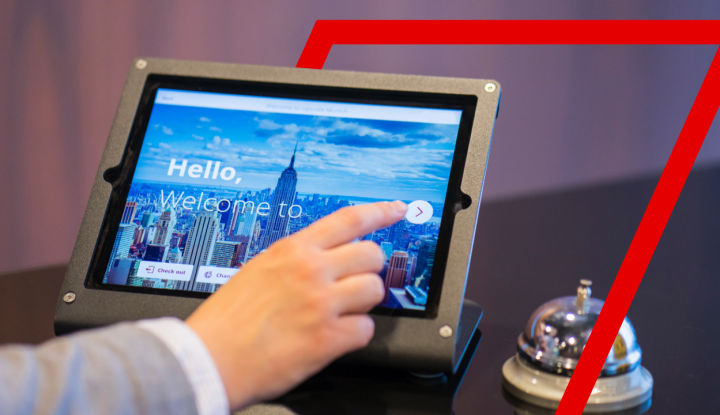United MileagePlus X app
Loyalty is not just leveraged in the air. Retail partnerships allow an airline to cut different kinds of deals, bringing customers into partner businesses. United’s MileagePlus X app has moved this from beyond the portal. Before, you went to a website to find all the places that would give you double or triple miles. And it was generally tied to an airline-branded credit card. With the app, United has liberated this process. Travelers can now use any card to earn extra miles at participating businesses in an easy-to-use mobile format. The creativity lies in the way that the app operates. The user actually purchases an eGift card from the participating retailer. Rather than hold balances, the user enters the exact amount for the purchase. A barcode is created and then scanned at the register. So this is basically a virtual payment created by United. There are no leftover balances or operational difficulties for partner retailers. Like the Starbucks app, this is a new way to pay. And since travelers can also use miles for real-world purchases, it’s another method to move some of the miles off the balance sheet. A win all around!The SAS City Lounge
Traveler experience is a priority for many airlines. For travelers, this means that many airlines are focusing less on value and more on experience. There’s an opportunity to craft memorable experiences that extend the brand, says Mark Dority, Principal of Loyalty Consulting at Sabre:“Traveler experience is equally important, if not more, than the loyalty program itself. If an airline cannot execute from an operational standpoint then no amount of points will keep a member loyal to your brand.”One outstanding example of this is the SAS City Lounge in Stockholm. Why limit lounges to the airport? Wouldn’t a city location be quite useful to the traveler? For the business traveler, wouldn’t a workspace away from the hotel be valued? The City Lounge was the answer. The extension of the airline brand into the destination is now more than just about merchandising tours and activities. It’s about the holistic travel experience.

SAS partnered with a space in downtown Stockholm, offering access to elite flyers one day before and after traveling. The lounge can also be accessed for a daily fee of $37.
Premium seat auctions
Premium seat auctions might not be the kind of activity that earns loyalty. After all, many elite travelers enjoy complimentary upgrades. The reality is that most airlines don’t offer complimentary upgrades for long-haul flights, and even on short-haul flights upgrades are rare. So there’s a cost associated with guaranteed upgrades for even the most elite flyers, whether a systemwide upgrade voucher, miles or cash payment.
Out of the 30 airlines running auctions, Hawaiian Airlines is one of the most recent. Given that first is generally twice as expensive as economy, the airline is not always able to fill the premium cabin. The airline’s “BidUp” auction platform recovers potential lost revenue from unfilled cabins.
iFlyA380
While not an airline, Airbus has a clear imperative to encourage flights on its A380 flagship. As demand for the large aircraft cools, it’s important for the manufacturer to highlight the incredible traveler experience. There’s a real passion for flying on the aircraft, especially among aviation geeks. Airbus taps into the #avgeek world with its iFlyA380.com campaign. The website is a mashup of social media and a basic search tool. User-generated images of the A380 passenger experience flow past a Google/ITA-powered search box. The search is set up to only return flights flying on A380 equipment. Picking the departure and arrival points is a delight, showing all airports with A380 service with attractive pop-out banners. Airbus is tapping into a passionate cohort, bringing those travelers to its customer airlines. As Dority explains, it’s all about traveler advocacy:“Loyalty members are more likely to purchase again, try new products and services, and refer friends. The same applies across segments in aviation.”And those customers now have a way to “fly their loyalty” with the A380, making it quite the creative way to build loyalty around a particular airborne experience. After all, loyalty is built first through operational excellence, then maintained through intelligent retailing and consistent follow-through. Keep doing it well, and the traveler will take notice.







